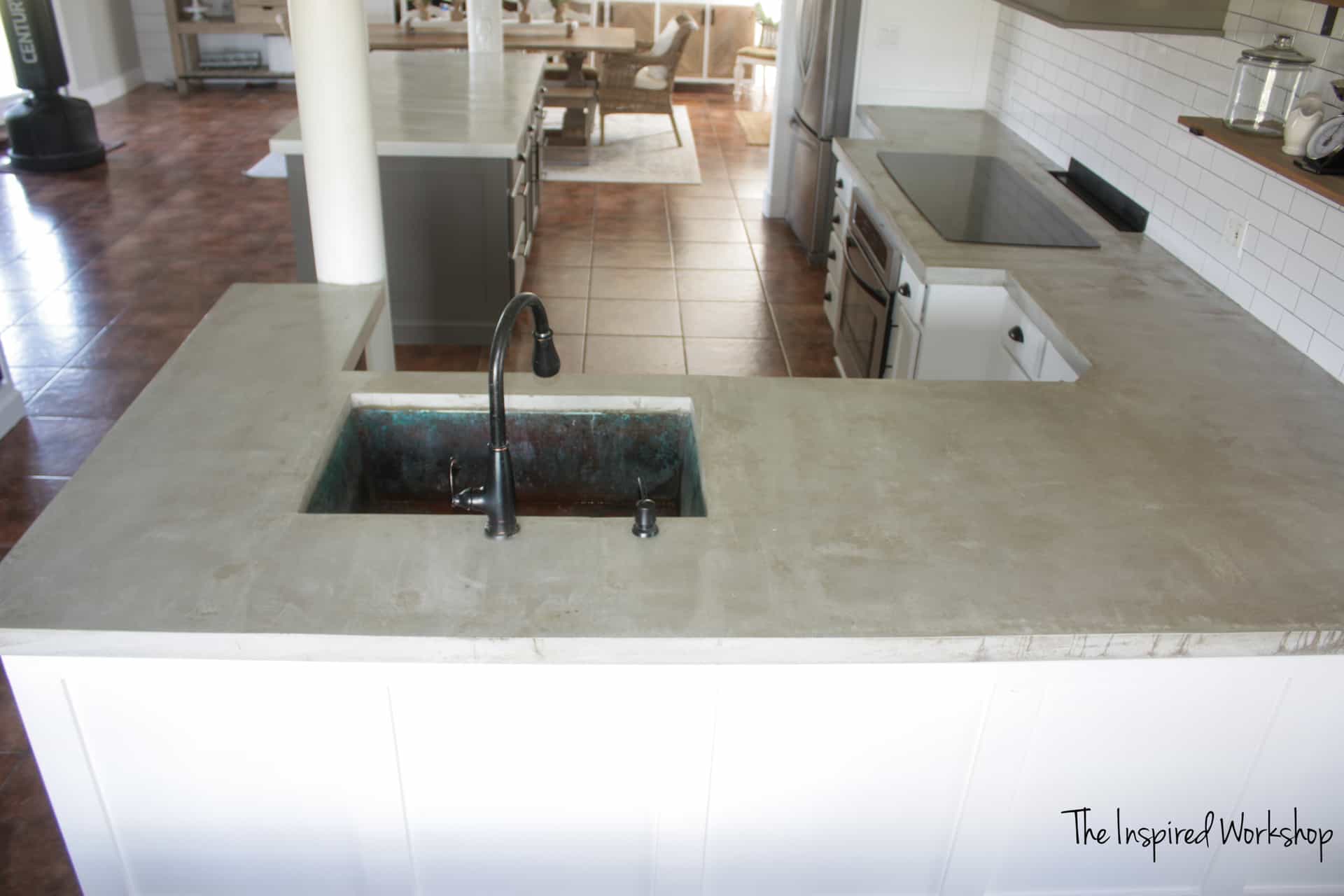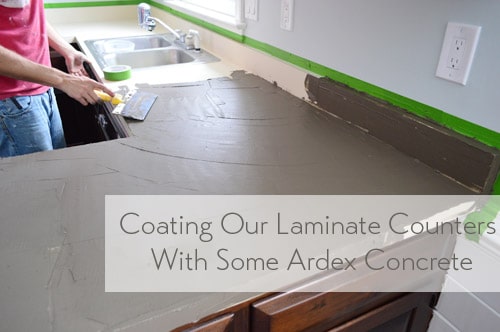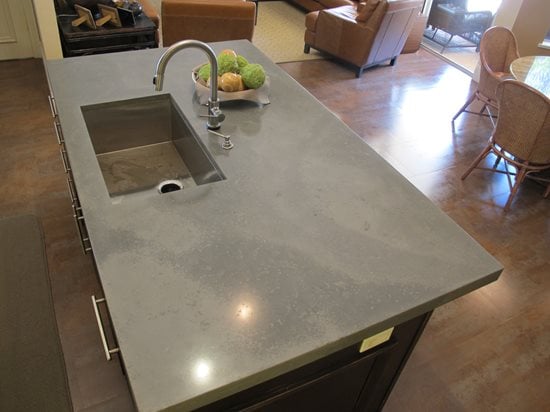Creating your own concrete kitchen countertops can be a rewarding DIY project, allowing you to design a unique and customized surface that adds a touch of industrial chic to your home. In this comprehensive guide, we’ll explore the process of making concrete countertops yourself, covering everything from material selection and preparation to the pouring and finishing steps, as well as maintenance and long-term care.
Selecting the Right Concrete Mix: The first step in your DIY concrete countertop journey is selecting the appropriate concrete mix. Choose a high-quality, fiber-reinforced concrete mix designed for countertops. These mixes are specifically formulated for strength, durability, and ease of use. Make sure to calculate the amount of concrete you’ll need based on the dimensions of your countertop.
Creating the Formwork: Once you have your concrete mix, you’ll need to create a form to shape the countertop. This can be made from melamine, plywood, or other suitable materials. Accurate formwork is crucial, as it determines the shape and dimensions of your countertop. Make sure to include any sink or cooktop cutouts in your form design.
Reinforcement and Edge Profiles: To enhance the strength of your concrete countertop, it’s essential to add reinforcement. You can use materials like rebar or wire mesh to provide structural support. Additionally, decide on the type of edge profile you want, whether it’s a straight edge, bullnose, or custom design, and create the form accordingly.

Pouring and Finishing the Concrete: Mix the concrete according to the manufacturer’s instructions, ensuring it reaches the desired consistency. Carefully pour the concrete into the form, starting in one corner and working your way to the other end. After pouring, use a trowel to level and smooth the surface. Vibrating the form can help eliminate air bubbles. Allow the concrete to cure and set for the recommended time.
Sealing and Polishing: After the concrete has cured, you can begin the polishing and sealing process. Start with coarse-grit diamond pads and gradually work your way up to finer grits. This will expose the aggregate and create a smooth, polished surface. Once you achieve the desired finish, seal the countertop with a food-safe concrete sealer to protect it from stains and moisture.
Installing the Countertop: Before installing the countertop, ensure your cabinets are sturdy enough to support the weight of the concrete. Apply a thin layer of adhesive on the cabinet tops and place the countertop on it. Use shims to level it if necessary. Be patient and meticulous during this step to achieve a level and secure fit.
Maintenance and Care: Concrete countertops are relatively low-maintenance, but they do require care to remain in good condition. Use cutting boards to prevent scratches and avoid exposing the surface to extreme heat. Clean the countertop with a mild, pH-balanced cleaner and reseal it periodically to maintain its protective layer.
Customization and Personalization: One of the exciting aspects of DIY concrete countertops is the freedom to customize. You can add pigments to the concrete mix to achieve a specific color, incorporate decorative elements like glass chips or stones, or even embed objects like shells or coins to create a unique, one-of-a-kind surface.
Potential Challenges: While DIY concrete countertops can be a rewarding project, there are some challenges to consider. Achieving a flawless finish requires skill and experience, so practice on smaller projects if you’re new to working with concrete. Additionally, be prepared for a messy and time-consuming process.

Creating your own concrete kitchen countertops is a DIY endeavor that can result in a stunning and unique addition to your home. With careful planning, preparation, and attention to detail, you can design and construct a beautiful concrete countertop that adds character and functionality to your kitchen. However, it’s essential to understand the process thoroughly and be prepared for potential challenges along the way.
Concrete Countertop DIY – A Beautiful Mess
Laminate countertops can damage very easily as they can blister and crack when a hot pot or maybe pan is placed upon them. The tree’s life’s heart never ever leaves a block, stick or some cut a component of a wood; a small or substantial block or maybe lumber will depend upon the applications they’re made for.
DIY Concrete Countertops – Pour in Place u2013 The Inspired Workshop

DIY Concrete Kitchen Countertops: A Step-by-Step Tutorial

DIY Concrete Countertops For DUMMIES

Trying Our Hand At DIY Ardex Concrete Counters Young House Love

Concrete Countertops – Pros, Cons, DIY u0026 Care – Concrete Network
Related articles:
- Kitchen Countertop Design
- Durable Kitchen Countertops
- Cheap Kitchen Countertop Ideas
- Kitchen Countertop Ideas
- Unique Kitchen Countertop Ideas
- Budget Kitchen Countertops
- Wood Kitchen Countertops
- Formica Kitchen Countertop Ideas
- White Granite Kitchen Countertops
- DIY Kitchen Countertops
